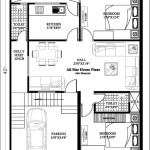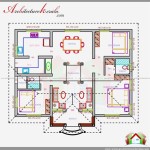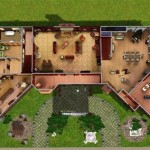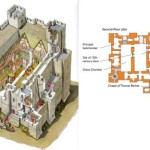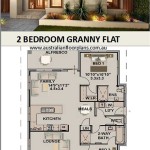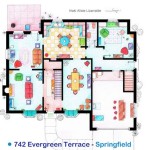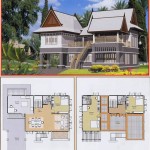Essential Aspects of Narrow Lake House Floor Plans
When it comes to designing a lake house with a narrow footprint, careful planning is essential to make the most of the available space. Narrow lake house floor plans present unique challenges and opportunities, requiring creative solutions to create a comfortable and functional living environment. Here are some key aspects to consider when designing narrow lake house floor plans:
1. Maximize Natural Light:
In narrow lake houses, maximizing natural light is crucial. Large windows and skylights along the length of the house can flood the interior with light, making it feel more spacious and inviting. Consider using sliding glass doors to extend the living space outdoors and create a seamless connection with the lake views.
2. Open Floor Plan:
An open floor plan can help create a sense of spaciousness in narrow lake houses. By eliminating unnecessary walls and creating large, flowing spaces, the interior feels more expansive. This can be achieved by combining the living room, dining room, and kitchen into a single open area, while maintaining designated areas for each function.
3. Efficient Storage Solutions:
Storage is essential in any house, but it becomes even more crucial in narrow lake houses. Built-in cabinetry, shelves, and closets can be cleverly integrated into the design to maximize storage without cluttering the space. Consider using vertical space with tall shelves and cabinets, and opt for multi-functional furniture that can serve multiple purposes.
4. Multi-Purpose Spaces:
In narrow lake houses, it's important to make the most of every square foot. Multi-purpose spaces can serve multiple functions, saving space and creating a more efficient layout. For example, a guest room can double as an office, or a loft can serve as both a sleeping area and a storage space.
5. Vertical Living:
Narrow lake houses often benefit from adding vertical elements to the design. Lofts and mezzanines can create additional sleeping or living areas without expanding the footprint of the house. Staircases can be incorporated into the design as architectural features that add visual interest and optimize space utilization.
6. Outdoor Living Spaces:
Outdoor living spaces are an extension of the home and can significantly enhance the experience of living on a lake. Narrow lake houses may have limited outdoor space, so it's important to make the most of it. Consider creating a deck or patio that overlooks the lake, or design a small outdoor fireplace or dining area to enjoy the views and fresh air.
7. Cross Ventilation:
Natural ventilation is essential for maintaining a comfortable indoor environment. In narrow lake houses, cross ventilation can be achieved by placing windows and doors on opposite sides of the house to create airflow. This helps circulate fresh air, reduce humidity, and keep the interior cool and airy, especially during summer months.
Conclusion:
Narrow lake house floor plans require thoughtful design to create a comfortable and functional living space. By carefully considering factors such as maximizing natural light, implementing an open floor plan, integrating efficient storage solutions, and incorporating multi-purpose spaces, vertical living elements, outdoor living areas, and cross ventilation, architects and homeowners can design beautiful and practical narrow lake houses that embrace the unique challenges and opportunities of this type of architecture.

Open Concept Small Lake House Plans Houseplans Blog Com

Small Cabin Floor Plan 3 Bedroom By Max Fulbright Designs

3 Bedroom Small Sloping Lot Lake Cabin By Max Fulbright House Plans Houses

Small 3 Bedroom Lake Cabin With Open And Screened Porch

Open Concept Small Lake House Plans Houseplans Blog Com

Small House Plan Tiny Cottage Home Or Guest 800 Sq Ft

Narrow Lot House Plan For Lake Lots Max Fulbright Designs Plans Cottage Floor

Tiny House Plan Perfect For Lake

Best Lake House Plans Waterfront Cottage Simple Designs

Small Bungalow Cottage House Plan With Porches And Photos

